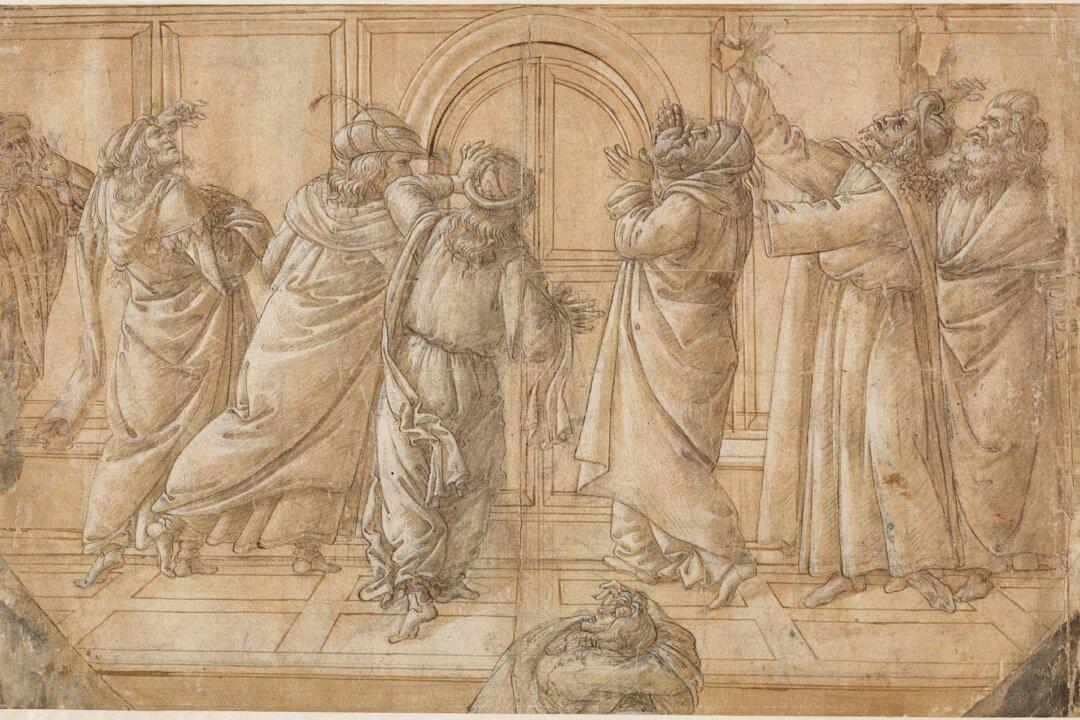The Legion of Honor museum in San Francisco is presenting an exhibition of drawings by the renowned Italian Renaissance artist Sandro Botticelli, showcasing his exceptional talent as a draughtsman. The show, “Botticelli’s Drawings,” features sketches, studies, and finished drawings by the master.
More than 60 of Botticelli’s works have been gathered from 39 lending institutions as well as private collections worldwide for this groundbreaking exhibit, the most extensive collection of his work ever shown in one museum.





